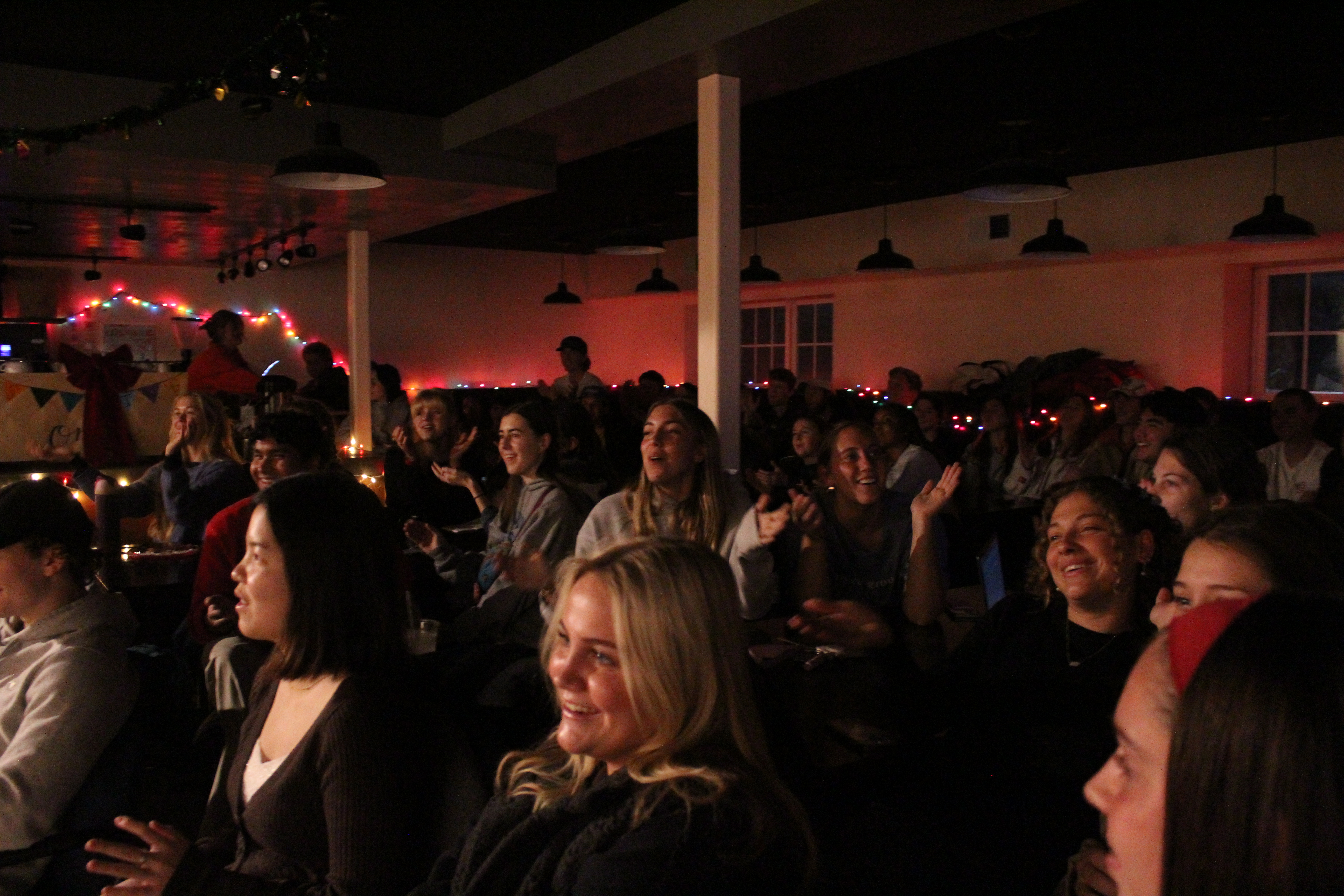![]()
Year by year, each new wave of incoming John Brown University students seems shocked by the sheer number of churches found in Siloam Springs. Sometimes it seems as if you cannot go two blocks without stepping foot onto another church property.
Although Siloam Springs has a population of only about 15,000 people, it has been said that, at one point in history, the city possessed the highest number of churches per capita. According to Brian Phillips, permit technician for the city of Siloam Springs, there are approximately 69 churches within city limits.
Don Warden, director of the Siloam Springs Museum, retains extensive knowledge of the history of the city of Siloam Springs, including church growth.
According to Warden, the reason for the plethora of churches is quite logical, as Siloam Springs is one of the largest cities in Northwest Arkansas and in Eastern Oklahoma. With its size, the town serves as a hub for a large trade area. The Siloam Springs work industry, Warden explained, is a vital part of that process, as it draws in a larger number of people.
“I was using that an example of [Siloam Springs] being the center of a large population, spreading from Western Arkansas to Eastern Oklahoma. The people were willing to come this far for work and were willing to come here for church,” Warden said.
The installation of Wal-Mart Supercenter and the new Neighborhood Market also contributed as more and more people were needed to work. While Warden hasn’t yet researched whether or not there is a direct correlation between population growth and the increasing number of churches, he thinks it’s logical to assume that it is true.
“We have people living in town and in our trade area that have a wide variety of religious beliefs, and now we also have a number of churches for Spanish speakers, which is a relatively recent development,” Warden said.
With an abundance of people flocking to the closest city to live and work, more churches will, naturally, be planted.
Dr. Jason Lanker, associate professor of biblical and theological studies, thinks that living in a Midwest Christian college town, and the general sociology that comes along with the lifestyle, is a main contributor to the churches in town.
“The smaller things are, the more people are involved, because they have to be involved in order to make things work,” Lanker said.
Historically, the people of Siloam Springs have expressed keen interest in religion, according to Warden.
“The name ‘Siloam’ comes from the Pool of Siloam that was part of a healing described in the Bible at John 9:6. I think the town founders were trying to imply that the springs here could also give miraculous cures,” Warden said. The waters were thought to be medicinal, so troughs were created for visitors to take a drink.
Other locations in town bear biblical references as well, such as the north area of Twin Springs Park which previously was called the Isle of Patmos, the Greek island on which the supposed author of the book of Revelations lived. Several street names were once titled after the author of the gospels, like Alpine Street, which was once called St. Luke, or University Street, once called St. John.
The city hosted religious events as well. “In the 1950s there was a ‘Pool of Siloam’ program presented at Christmas time – it presented the story of Jesus from birth to death with music by JBU choirs and narration by Storm Whaley [a JBU alumnus],” Warden said. “Larger-than-life painted plywood cut-outs were placed along the hillside on the west side of Sager Creek, opposite City Park, and lights illuminated each scene in sequence.”
From a biblical scholar’s perspective, Lanker believes the vast amount of churches is a result of God’s work in Siloam Springs, drawing together the different churches in town.
“You plant churches, ‘cause churches give people an opportunity to be a part of the body and not just receive from the body,” Lanker said.
“You look throughout scripture, and when Paul writes to the church in Ephesus, the church in Corinth, the church in Philippi, every single one of his letters is to multiple congregations scattered across a city that see themselves as one,” Lanker said. “So, God’s plan has always been to replicate multiple congregations, like cells in a body, in order to produce his universal body and to establish his kingdom throughout all of the earth.”
ZEKE WILCOX
Opinions Editor




